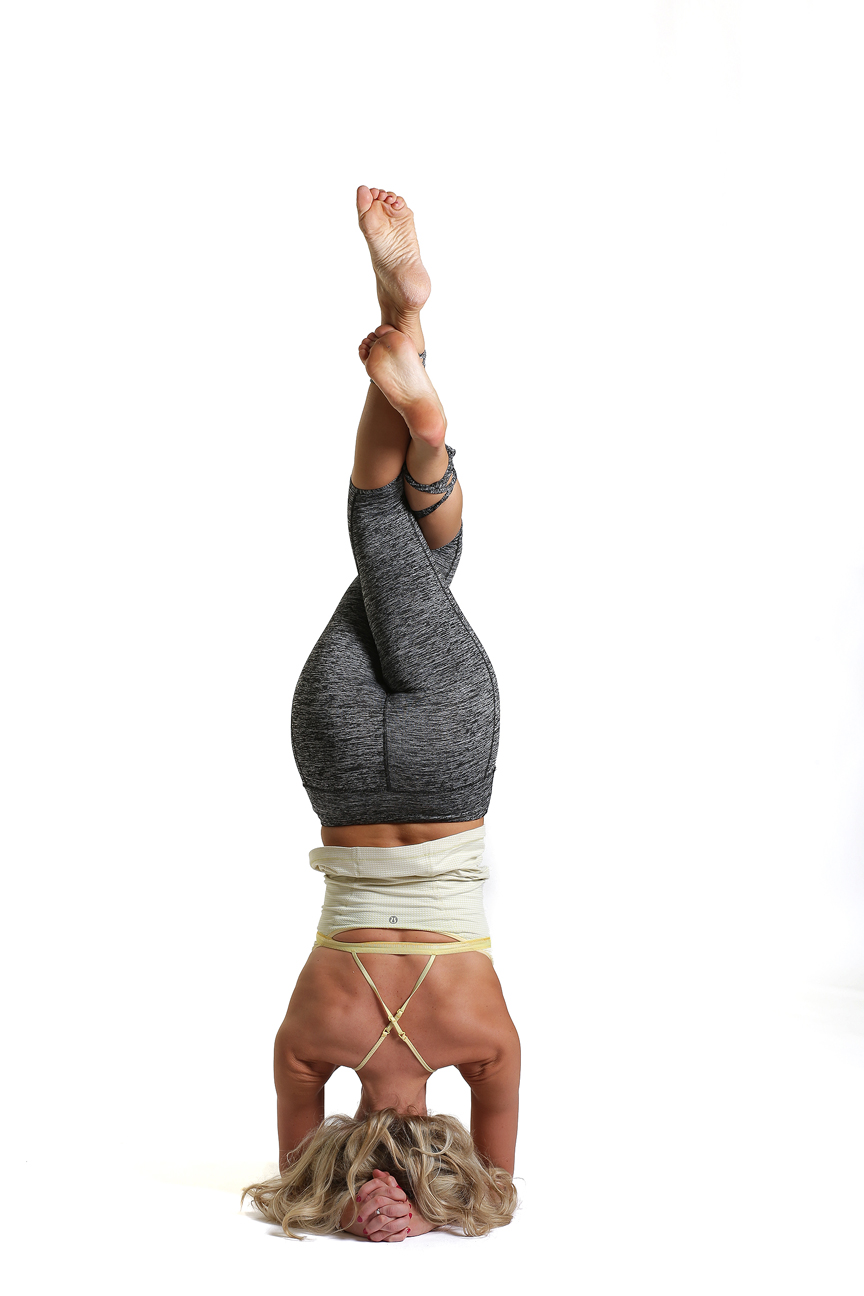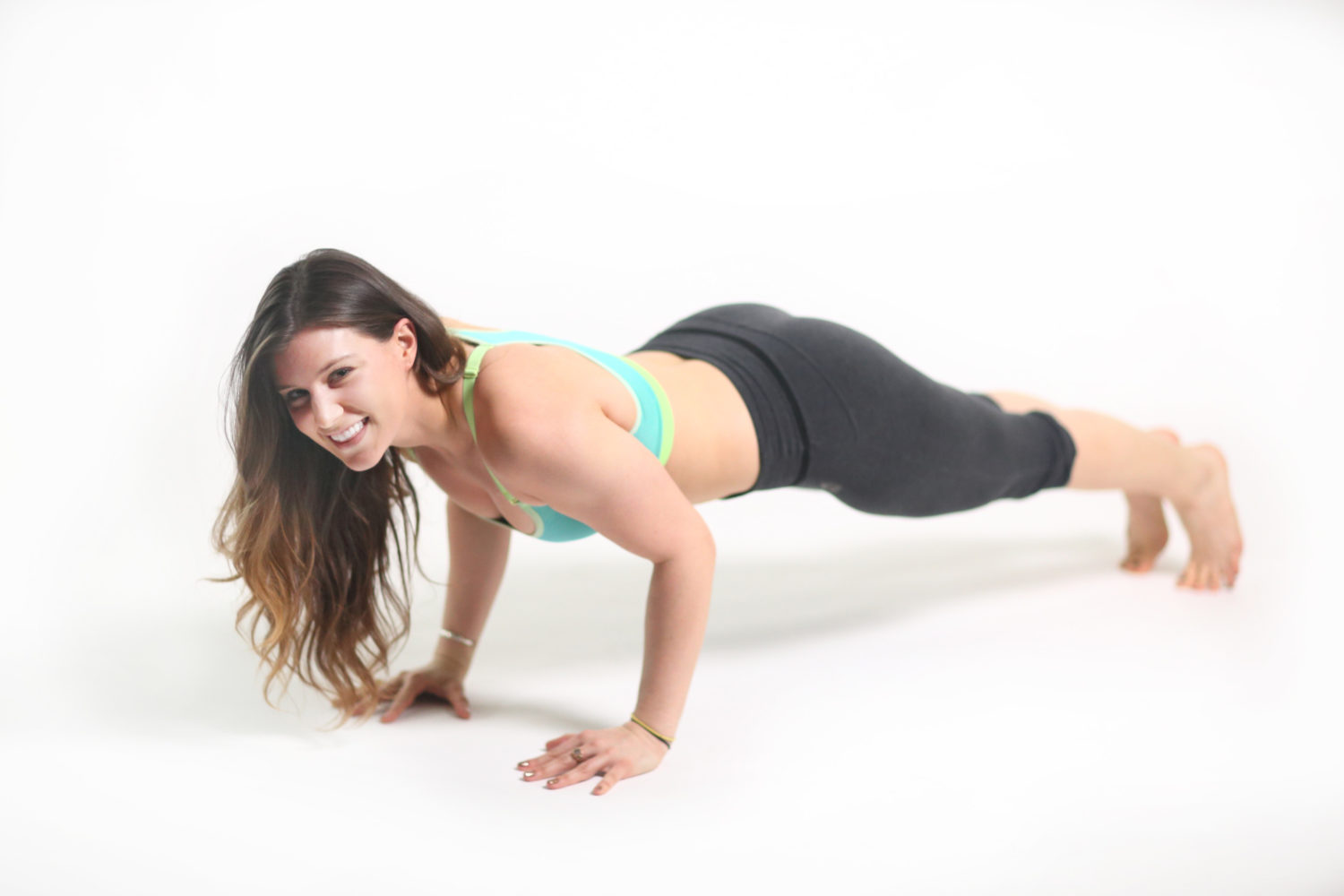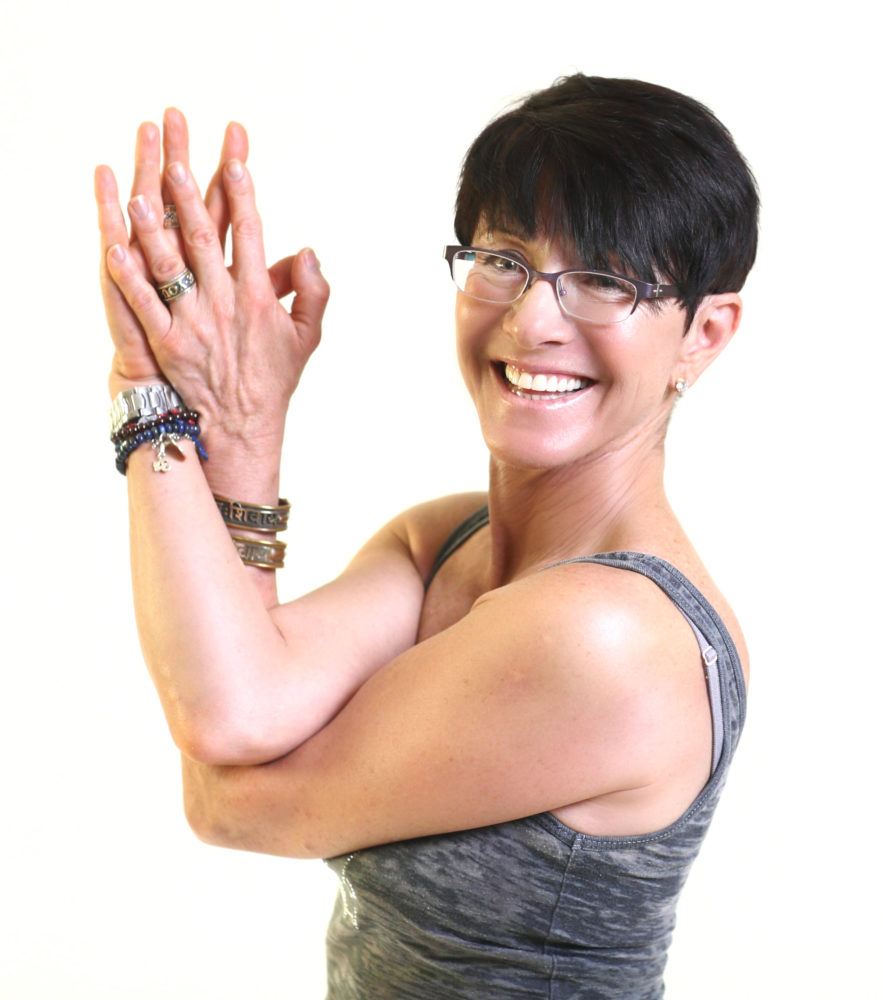5 Tips to Improve Your Headstand Practice
 Headstand is the king of all yoga poses. When done skillfully, Headstand is a transformative yoga posture that will help you view your environment from a completely different perspective. As you increase blood flow back to your brain, you will not only strengthen your entire body, but you will calm your nervous system. Headstand is considered a calming inversion. So the pose is an intelligent tool to transition you from an active standing practice to a more restful seated one.
Headstand is the king of all yoga poses. When done skillfully, Headstand is a transformative yoga posture that will help you view your environment from a completely different perspective. As you increase blood flow back to your brain, you will not only strengthen your entire body, but you will calm your nervous system. Headstand is considered a calming inversion. So the pose is an intelligent tool to transition you from an active standing practice to a more restful seated one.
We want to help you refine your Headstand practice so we included 5 tips to improve your experience below. If you’re not regularly practicing Headstand, you should learn the pose in the presence of your favorite Powerflow Yoga teacher. Fortunately, Headstand is PFY’s Pose of the Month this December, so you will practice this pose plenty of times.
1. Practice away from the wall
When you do a headstand with your feet on a wall, you soothe some of the fear you experience when going upside down. But using a wall makes most people lean a little too far forward on their head, which compresses the back of the neck. Most people typically arch their spine when they use a wall because their feet are also too far forward.
Instead, start practicing Headstand without a wall. Practice stacking your hips over your shoulders with your feet on the floor. Eventually, you will float into Headstand with tremendous ease. Remember: a yoga practice takes time to become. Focus on the fundamentals of your practice instead of rushing into a challenging pose.
2. Strengthen your core
Activate your core muscles to find verticality from your head to your toes. When you engage your core well, you will find a sense of lightness while standing on your head. Forearm Plank is a fantastic pose to improve your headstand. Not only will you build tremendous core strength, but you will also stabilize your shoulders. Focus on hugging your front ribs in to your body as you create more space in your lower back. Then, when you go upside down, you will more easily align your pelvis and ribs. You can also strengthen your core in poses like Plank and Boat.

3. Focus on your inner thighs
So often when students invert their bodies, they forget to use their legs. Practice poses like Mountain, Chair and Downward Facing Dog with a block between your legs. Lightly squeeze the block with your inner thighs to strengthen your adductor muscles. When you invert your body, your adductors will help to keep your legs together. By activating your inner thighs, you will lighten the load on your shoulders. Finally, you must engage your inner thigh muscles in order to pike into Headstand.
4. Don’t kick up
Stop kicking up into Headstand. Seriously. You should never rely on momentum to get you into this pose. Instead, practice lifting one leg at a time. Reach up and back through your top leg to gently float your bottom foot off of the floor. Make sure you alternate legs, and eventually you will get so strong that you can float up. Trust us, this pose is so much more empowering when you rely on nothing but your own strength.
 5. Focus on protraction and shoulder flexion
5. Focus on protraction and shoulder flexion
Because your elbows are more forward than your head in Headstand, you don’t need incredibly flexible shoulders in order to do the pose. Simply wrap one arm under the other in Eagle pose to stretch your rhomboids and protract your shoulder blades. In Headstand, your shoulder blades should wrap around toward the sides of your ribs to stabilize your shoulder joint.
In poses where your arms are overhead, like Mountain and High Lunge, try extending your wrists so that your palms face the ceiling. Then, root down through your feet and focus on pressing your palms as high as you can toward the ceiling. Notice how your shoulder blades actually lift up toward your hands. This is called the Scapulohumeral rhythm. By allowing your shoulder blades to lift with your arms, you will engage your upper back muscles and increase shoulder flexion.
Like all yoga poses, Headstand should be practiced with reverence for your body. There are a plethora of healing and restorative benefits to a consistent Headstand practice. But misalignment and a sense of urgency can seriously hinder your practice. Be patient. As Sri K. Patthabi Jois once said, “Practice, and all is coming.”
